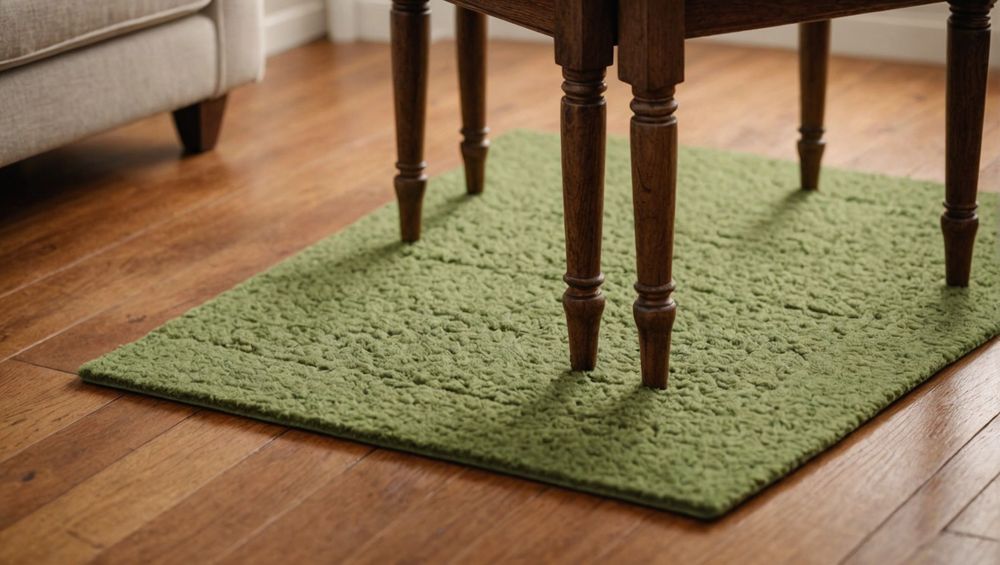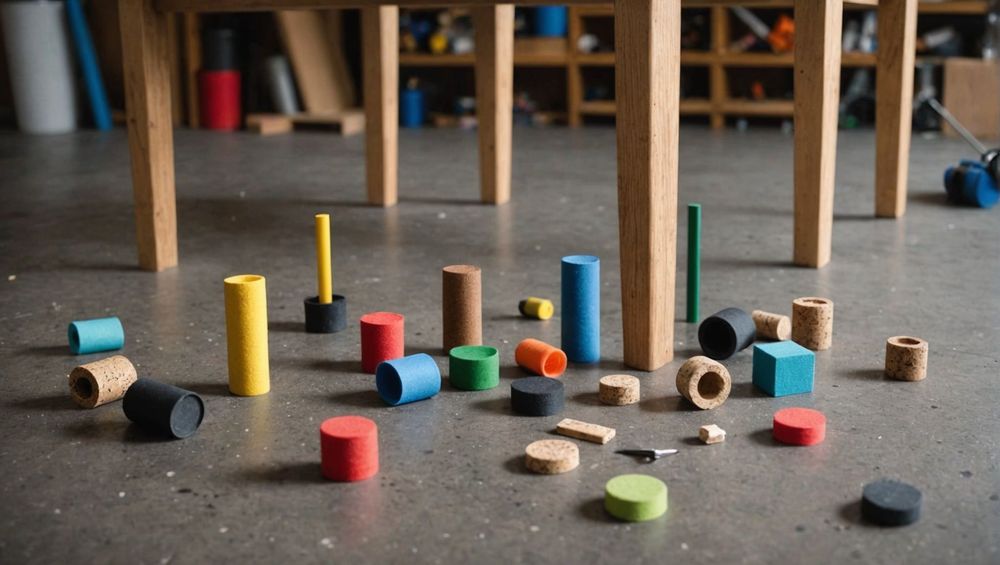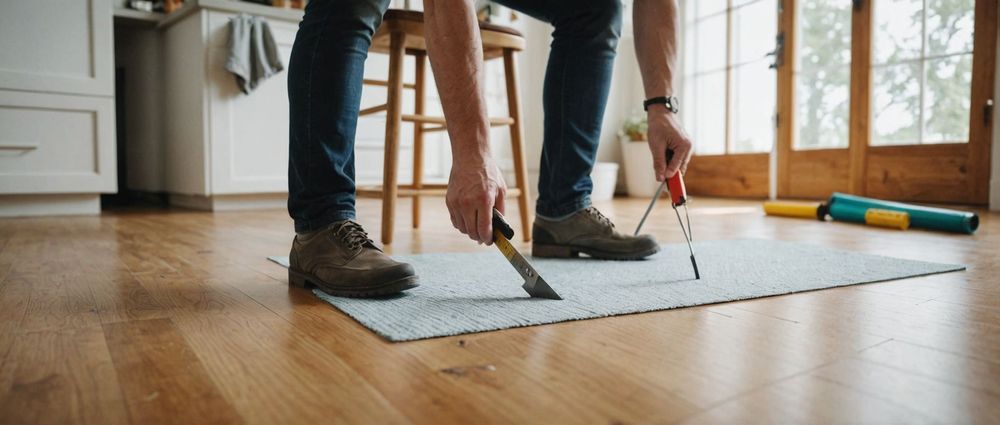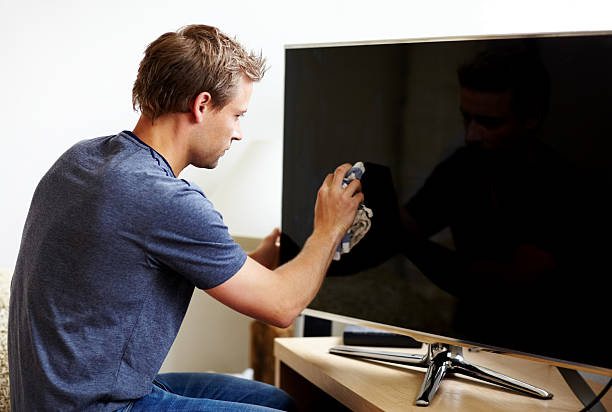Chair leg floor protectors are essential for maintaining the integrity of your floors while also prolonging the life of your furniture. These simple yet effective tools can prevent scratches, dents, and overall wear on various flooring surfaces. Additionally, they can reduce noise and provide added stability to your chairs. In this article, we will explore various techniques to create your own chair leg floor protectors using different materials.
Materials Needed

Before diving into making your chair leg floor protectors, it’s important to gather all necessary materials. You can choose to use a variety of items, depending on your preferences and available resources. Here’s a list of materials you might consider:
- Felt pads
- Rubber caps
- Cork sheets
- Old socks or fabric scraps
- Hot glue gun or adhesive
Each of these materials has its advantages. For example, felt pads are excellent for wood floors, as they provide a soft buffer. Rubber caps, on the other hand, offer excellent grip and are versatile enough for various surfaces. By selecting the appropriate material, you can customize your chair leg protectors to meet your specific needs.
Step-by-Step Guide to Making Felt Chair Leg Protectors

If you’ve chosen to use felt pads, here’s a straightforward guide to making your chair leg floor protectors:
- Measure the diameter of your chair legs with a tape measure.
- Cut felt pads to the appropriate size, ensuring they can cover the entire base of the chair legs.
- Peel off the adhesive backing on the felt pads.
- Firmly press the felt pads onto the bottoms of the chair legs.
- Allow the adhesive to cure as per the manufacturer’s instructions before using the chairs.
Using felt protects not only your floors but also helps to reduce the noise when moving the chairs. This method is both simple and effective, making it ideal for those who prefer a hassle-free solution for floor protection.
Creating Rubber Chair Leg Caps

Rubber caps are another excellent alternative for chair leg protection. They are durable and can withstand significant wear and tear. Here’s how to create your rubber chair leg protectors:
- Purchase rubber caps that fit snugly over your chair legs.
- Clean the chair legs thoroughly to ensure a good fit.
- Slide the rubber caps onto the chair legs to ensure they fit correctly.
- For added security, you can use a small amount of adhesive.
- Test the caps by moving the chairs gently, ensuring they stay in place.
Rubber caps provide excellent traction on various floor types, reducing the risk of slipping. Furthermore, they are very easy to apply and replace, adding convenience to your home maintenance routine.
Alternative Materials for Chair Leg Protectors
If you prefer a more creative or sustainable approach, consider using upcycled or alternative materials for your chair leg protectors. Here are some unique ideas:
- Use old socks: Cut the sock’s foot section and slide it onto the chair leg for a soft, cushioned support.
- Cork slices: Cut cork sheets into circles and glue them to the bottoms of your chairs for an eco-friendly solution.
- Felt scraps: If you have leftover fabric, stitch or glue a few layers together to create a custom pad.
By using these alternatives, you not only protect your floors but also contribute to reducing waste. It allows for creativity and customization, as you can use patterns or colors that match your decor.
Conclusion
In conclusion, making your own chair leg floor protectors is an easy and effective way to preserve both your furniture and flooring. Whether you opt for felt pads, rubber caps, or even creative alternatives, the methods described here ensure that your chairs remain stable and your floors protected. Not only can these protectors save you from costly repairs, but they also enhance the aesthetic appeal of your space. Choose the right materials for your needs and enjoy a quieter, more durable environment.
FAQ
1. Are chair leg floor protectors necessary for all flooring types?
While they are particularly important for hardwood and laminate floors, chair leg protectors can be beneficial on all floor types to prevent scratches and damage.
2. How often should I replace chair leg protectors?
This depends on the material used and the amount of wear they receive. Generally, inspect them every few months and replace them as needed.
3. Can I make chair leg protectors using materials I already have at home?
Absolutely! Items like old socks, fabric scraps, or even small pieces of wood can be repurposed to create effective floor protectors.
4. Do homemade protectors last as long as store-bought ones?
While it varies based on the materials used, homemade protectors can be durable and effective if made with care and attention to detail.
5. Is it difficult to make my own chair leg floor protectors?
No, making your own chair leg floor protectors is a simple DIY project that can be completed within a short amount of time, even by beginners.

